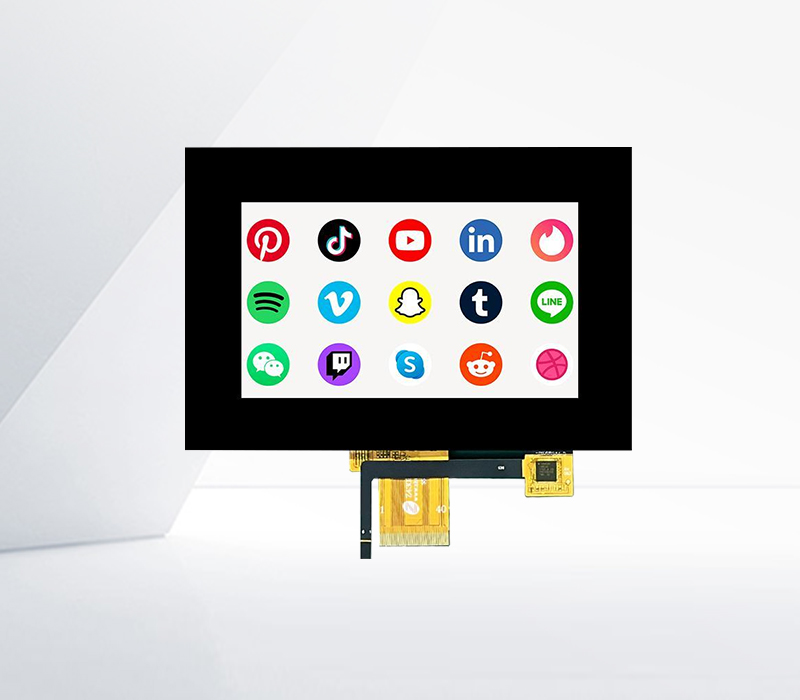




The MCU 8080 interface, a popular parallel communication standard, is widely used to connect microcontrollers (MCUs) with LCD screens, particularly TFT and character LCD modules. Developed by Intel, the 8080 interface uses an 8-bit or 16-bit data bus, combined with control signals, to facilitate fast and reliable data transfer, making it suitable for applications requiring moderate to high display refresh rates, such as portable instruments and home appliances.
Key signals in the 8080 interface include D0-D7 (8-bit data lines) or D0-D15 (16-bit data lines) for data transmission, RS (Register Select) to distinguish between command (RS=0) and data (RS=1) transfers, WR (Write) to indicate a write operation, RD (Read) for read operations, and CS (Chip Select) to enable the LCD module. When the MCU sends data, it sets RS to 1, asserts WR, and places pixel data on the data lines; the LCD’s driver IC latches the data on the falling edge of WR. For commands (e.g., initializing the display), RS is set to 0, ensuring the driver IC interprets the data as instructions.
The 8080 interface’s primary advantage is its compatibility with most MCUs, which often include dedicated parallel I/O ports that can be easily configured to match the interface’s timing requirements. It supports straightforward programming, with libraries available for popular MCUs (e.g., STM32, Arduino) simplifying initialization and data transmission. While serial interfaces like SPI or I2C are more compact, the 8080 interface remains preferred for applications where data throughput is critical, such as 320x240 resolution TFTs needing to update frames quickly. Engineers must ensure proper signal timing—matching the MCU’s output speed to the LCD’s maximum data rate—to avoid data corruption, especially in high-frequency operations.
